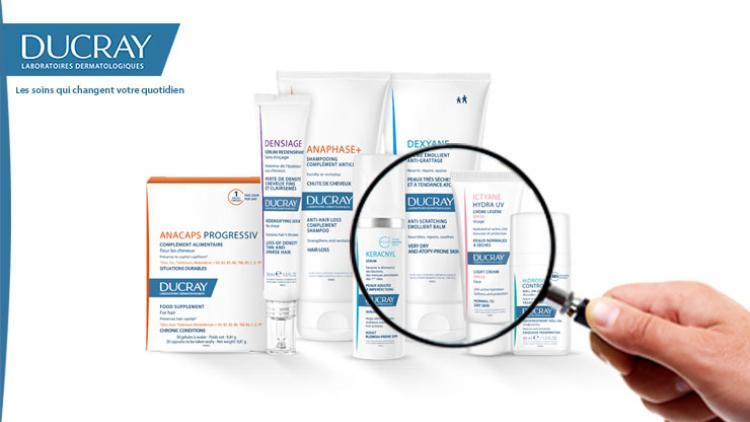Why are there silicones in some cosmetic products?
Better understand the role of silicones
What is silicone?
Silicone is a synthetic polymer composed of silicon (the second most abundant element in the earth's crust after oxygen), oxygen and other elements, most often carbon or hydrogen. This material is used in every area of our lives, from the most advanced medical sectors to the cake molds in our kitchens.
Why are silicones present in some cosmetic products?
The first silicones were developed for cosmetics in the 1950s. In a way, they have now become the "Swiss Army Knife" of the formulator. They are designed for many uses and products: in shampoos and hair care products, they make hair shiny, easy to detangle and tame stubborn strands; in deodorants, they soften the action of alcohols; in creams, lotions and make-up, they improve texture, ease of application and provide a very soft finish. They also have an occlusive effect that helps, when it is not too pronounced, to keep the skin hydrated and to protect the hair.So far there doesn’t seem to be a downside. However, although silicone comes from a reliable, mineral source, i.e. sand, during its manufacturing process it goes through several stages of chemical transformation that make it a synthetic ingredient. Furthermore, this manufacturing process is not very eco-friendly and is not without consequences for nature. It may also be a source of environmental controversy.
For these reasons, Ducray Dermatological Laboratories limits the use of silicones (or uses it in small proportions when it is necessary for the formulation of products).
Do silicones have an effect on human health?
On a positive note, however, silicone has virtually no immediate effect on human health. Silicones are composed of large molecules that do not penetrate the skin barrier. The American Academy of Dermatology (AAD) even goes so far as to suggest that cosmetics containing silicone could reduce redness, tingling or skin irritation in patients with cystic acne or rosacea.

